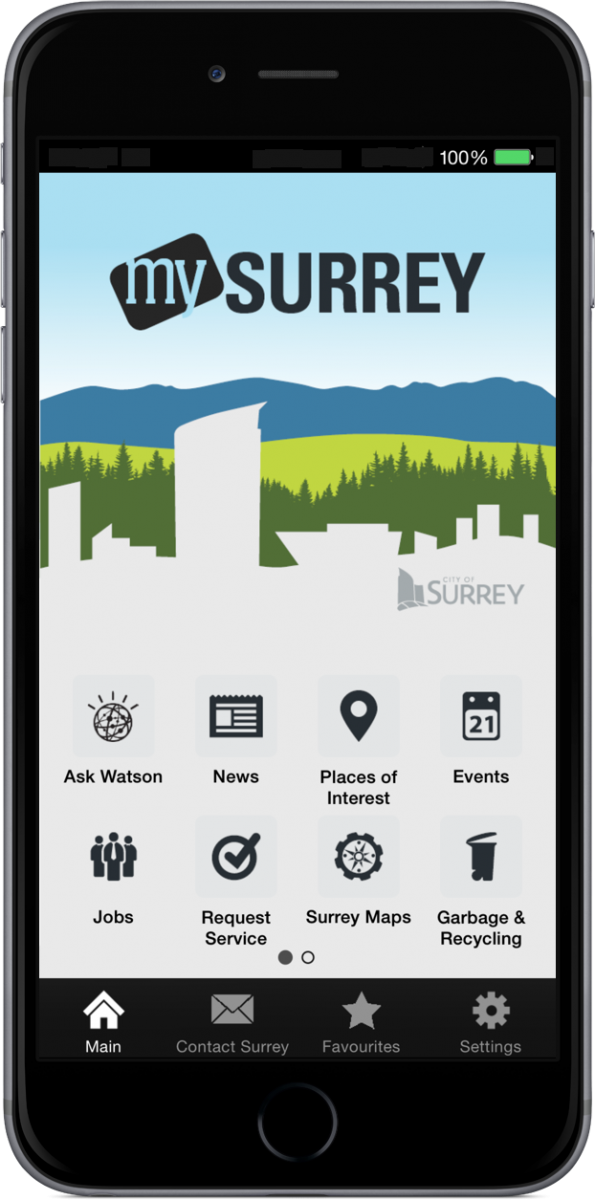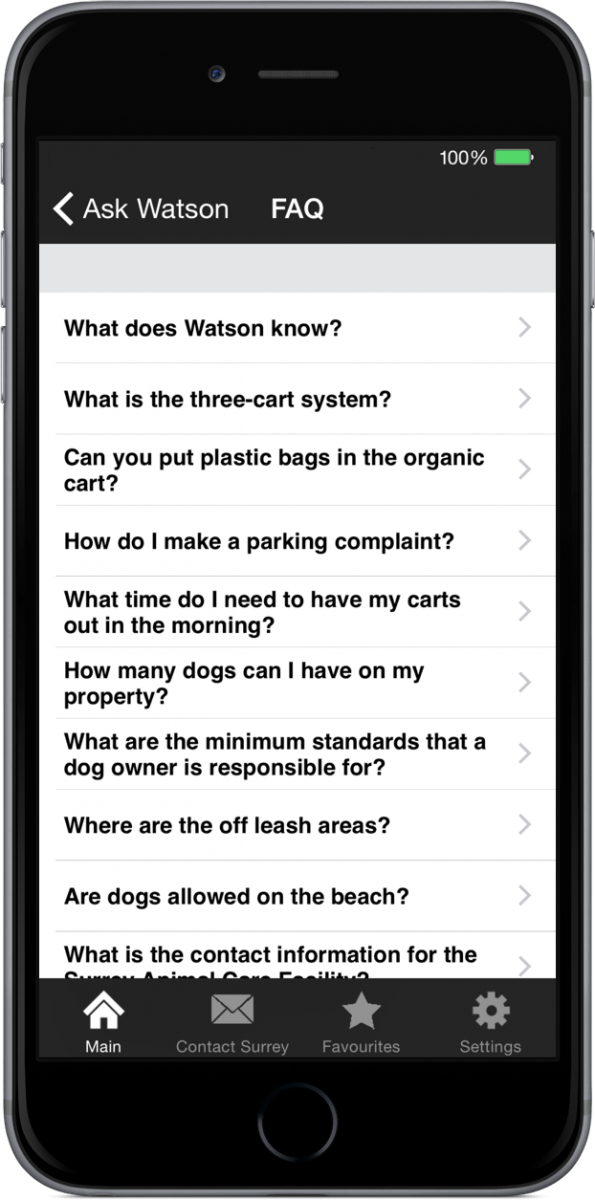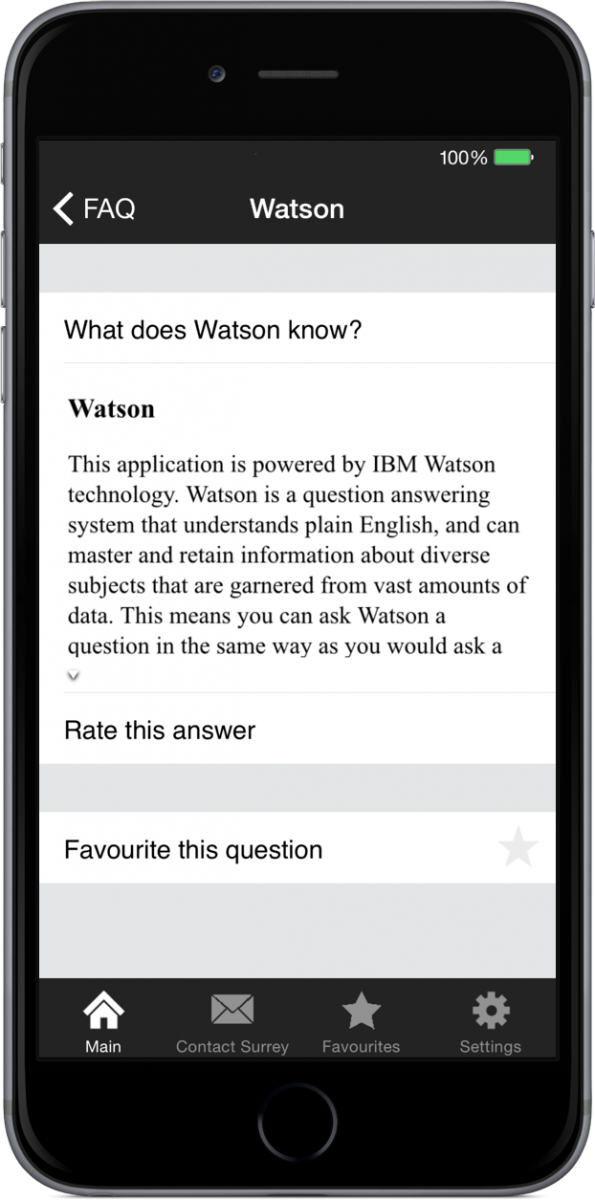The future is closer than you (or your computer) think.
Brian Hurley
President and CEO of Purple Forge
Overview
The TIM Lecture Series is hosted by the Technology Innovation Management (TIM) program at Carleton University in Ottawa, Canada. The lectures provide a forum to promote the transfer of knowledge between university research to technology company executives and entrepreneurs as well as research and development personnel. Readers are encouraged to share related insights or provide feedback on the presentation or the TIM Lecture Series, including recommendations of future speakers.
The fifth TIM lecture of 2015 was held at Carleton University on August 24th, and was presented by Brian Hurley, President and CEO of Purple Forge. Hurley described his company's use of IBM Watson and how cognitive computing systems such as Watson will transform how people interact with technology, business, and government. He also discussed how technologies such as Watson will transform how organizations deliver services, reduce costs, and improve customer experience.
Summary
In the first part of the lecture, Hurley outlined the path his company's management took to arrive at its present strategy of integrating cognitive computing systems into its customer service platform: what led them to the technology; how they determined that it can be transformative in the industry and complementary with their products; and why it can add value to customers and users.
Part I: The path
When looking for new business opportunities, Purple Forge considered its own starting point, which Hurley described as follows:
- Purple Forge is an award-winning Software as a Service (SaaS) provider of mobile-first community engagement and self service solutions.
- Our customers include: governments, venues, telecommunications service providers, financial institutions, and healthcare and membership-based organizations.
- Purple Forge's platform and smart connected apps offer a comprehensive set of features that span web, mobile, wearables, social, location-based services, iBeacons, cognitive computing, and the Internet of Things.
- Purple Forge helps our customers increase their community engagement, gain insights into unmet needs, and reduce service delivery costs.
Next, Purple Forge's management analyzed today's technology and trends to visualize an expected future state. Then, they determined what technologies would be the building blocks needed to reach that future state. And, finally, they looked for business opportunities for related disruptive innovations that would complement their existing technology platform, both in the short term (i.e., from their current starting point) and in long term (i.e., as future technologies and opportunities become available).
The analysis of technology and trends began by considering the ubiquity of smartphones and their increasing dominance as a preferred means of accessing the Internet. Through smartphones and other devices, our lives have become "always connected". As Hurley indicated, this degree of access is relatively new, but it is critical in terms of the new possibilities it creates in the very near term. Being always connected amplifies the capabilities of devices, especially through reliable access to data centres that can perform work way beyond the standalone computation and storage capabilities of mobile devices. It opens possibilities for greater interaction with the environment, which are enabled through identity (and authorization), location, and context. "In the always connected world, where you have your identity and you have connected devices around you, based upon who you are and your authorization, you can change what capabilities are available to you at any given instance," says Hurley.
Thus, understanding the future capabilities of devices is facilitated by comparing today's view of an "app" with a more pragmatic view. An app has been traditionally viewed as a program running on a smartphone, and indeed, today's apps are tightly integrated on such devices (Figure 1). The connectivity to cloud services amplifies the capabilities of such devices, as described above, but even greater capabilities will be enabled in the future as these building blocks become disintegrated, enabling functions to be created dynamically through interactions between devices and the environment (Figure 2). Increasingly, "we are seeing individual functionality being broken down into standalone devices, which serve a purpose by themselves, but which also have the potential to be connected by an application at an aggregate level," says Hurley.
Figure 1. The building blocks of today's apps, showing tight integration within devices
Figure 2. The building blocks of the future, enabling dynamic apps
Hurley's more pragmatic view of an app is simply "something a person interacts with to get information, access a service, or make an transaction". This simpler definition helps facilitate a visualization of the future, which includes apps that are much different than today. In the future, apps will be dynamic; an app at any given time and location will be the sum of the functions and services that are available and authorized. There will be a dynamic formation and dissolution of these apps based on where you are at any given time.
In this context, Purple Forge considered what technology elements would be most important in terms of: i) enabling the transformation to their visualized future state and ii) providing business opportunities for Purple Forge. They identified the following three technology building blocks:
- Voice recognition and speech-to-text: the primary form of interaction will be through speech. Sufficiently mature versions of this technology already exists today.
- Natural language understanding for a knowledge domain or application function domain: the ability to talk to a computer or system and have it understand what you are asking, recognize the context, and take appropriate action.
- Question and answer for arbitrary interactions and function activation for a domain: the user can ask any question (about a particular domain) and receive an appropriate answer.
Once they had identified these technology building blocks, Purple Forge conducted a search of current technologies that might contain some or all of these building blocks. Considering the issues remaining in the self-service domain and what is needed to unlock the kinds of capability visualized in the future state, one clear technology stood out: the IBM Watson cognitive computing system. Even as demonstrated back in 2011, when it appeared on – and won – the television game show Jeopardy, Watson integrated all three key building blocks identified by Purple Forge: i) voice recognition and speech-to-text, ii) natural language understanding, and iii) question and answer capabilities. Moreover, Purple Forge could see how Watson's capabilities could be integrated into their existing platform and could see numerous business opportunities arising from this integration. As described by IBM:
"Watson is the first commercially available cognitive computing capability representing a new era of computing. The system analyzes high volumes of data, understands complex questions posed in natural language, and proposes evidence based answers. Watson continuously learns, gaining in value and knowledge over time, from previous interactions."
Part I: The product
In the second part of the lecture, Hurley described the key challenges Purple Forge wishes to overcome in the customer service domain and provided uses cases for integrating IBM Watson into Purple Forge's platform. He then provided an overview of the resulting solution and detailed a case study of their first product featuring this integration.
Based on their experience in the customer service domain, Purple Forge have identified three key challenges:
- More than 50% of users have issues finding answers to their questions on government and commercial websites.
- 50-80% of requests to service centres are for common questions and each call, social message, SMS, web chat, service request ticket, or email costs money to handle.
- Smaller organizations often staff service centres using volunteers or shared duty agents, which limits the expertise available.
Purple Forge seeks to address these challenges using its self-service software-as-a-service solution, thereby reducing service delivery costs, increasing customer experience, and providing the organization with insights about their customers unmet service needs. By integrating IBM Watson in the Purple Forge platform, the intention is to amplify resources and experience and increase both internal engagement and customer engagement.
Typically, an organization will have hundreds or thousands of unstructured data documents describing the services they offer, and they may also have a service centre that includes email, telephone, a website, chat, customer relationship management, etc. The idea is to use Purple Forge's software-as-a-service tools to create both public-facing components (e.g., a web widget, an app for mobile clients) and internal-facing components (e.g., a service centre agent portal, an IT administrator portal). Within both components, there is an "Ask Watson" function through which users can ask questions about the organization and receive appropriate answers drawn from the pool of documents. Once these documents had been processed by Watson, its voice recognition, natural language processing, and question and answer capabilities would enable this function, and feedback from users and staff helps it improve its performance over time. The default function of asking open questions is complemented by a list of favourites and frequently asked questions (FAQ). The internal-facing portal enables staff to gain insights about: channel engagement; what questions were answered well, poorly, or were not answered; common questions and themes; and key performance indicators.
The mobile portal offers blocks of basic functionality (e.g., branding, advertising, information directories, live messaging, analytics, news and events, social media integration) and advanced features (e.g., proximity awareness, map overlays, gamification, surveys, push notifications, and the IBM Watson virtual agent) that can be selected by customers, enabling Purple Forge to offer flexible solutions customized to the needs or a particular customer as well as pre-packaged solutions for common use cases.
Finally, Hurley described Purple Forge's integration of the IBM Watson technology into the "My Surrey" app for the City of Surrey in Ontario, Canada (Figure 3). The city's wishes to offer "anytime, anywhere" customer access to services through desktop, web, mobile, and wearable devices. The solution features six different mobile apps integrated through the My Surrey app from Purple Forge. The IBM Watson integration draws upon 4,000 documents within 15 service categories.




Figure 3. Screenshots of the "Ask Watson" question and answer function in the "My Surrey" app for information about public services in the City of Surrey in Ontario, Canada.
The Watson integration into Purple Forge's solutions is now in use in Surrey, with other integrations to follow. According to Hurley, the early feedback from customers and users has been encouraging.
This report was written by Chris McPhee.
Keywords: apps, cognitive computing, IBM Watson, mobile platforms, natural language, Purple Forge, question and answer, self-service, virtual agent, voice recognition


